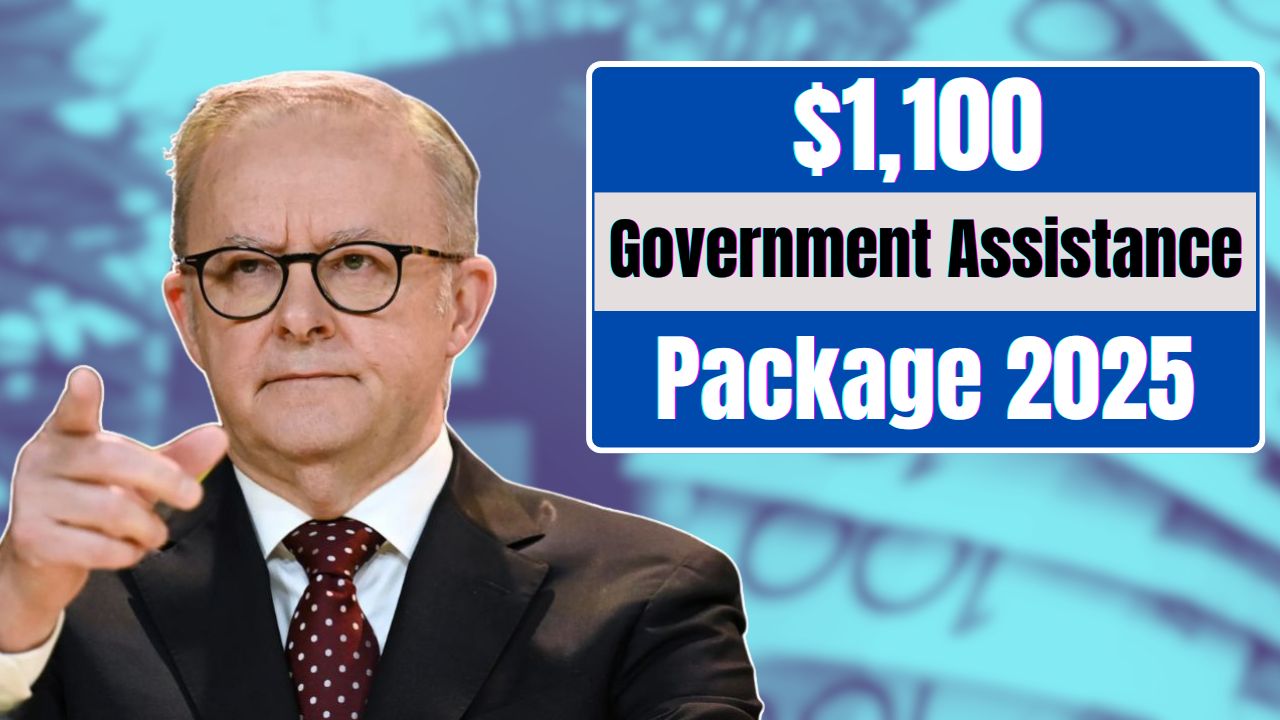The Australian government has introduced a comprehensive assistance package in 2025, offering up to $1,100 in financial relief. This initiative is designed to help low-income and fixed-income households cope with rising expenses, including energy, water, and daily living costs.
Breakdown of the $1100 Assistance Package
The assistance package includes multiple concessions to ease the financial burden on households. Eligible recipients can receive up to $255.60 as a cost-of-living concession, providing direct cash relief for everyday expenses. Additionally, an energy concession of up to $274.85 has been introduced to help households manage rising electricity and gas bills.
Water and sewerage expenses are also covered under this package. A water concession of up to $398.40 is available to assist with usage charges, while an additional $162.20 is allocated for sewerage services.
Australians with medical conditions requiring temperature control will receive up to $274.85 under the Medical Heating and Cooling Concession. To further support homeowners, a $46 Emergency Services Levy Concession has been introduced to reduce service charges.
These benefits combined can provide substantial financial relief, totaling approximately $1,100 for qualifying households.
Who Is Eligible for the Assistance?
To qualify for this assistance, individuals must meet specific criteria, including holding an eligible concession card such as the Pensioner Concession Card or Low-Income Health Care Card.
Those receiving certain Centrelink payments may also be eligible. Additionally, applicants must fall within designated income thresholds to benefit from these concessions. The government encourages eligible citizens to apply before the December 31, 2025 deadline to receive their benefits.
Additional Cost-of-Living Support
Beyond the $1,100 assistance package, the government has rolled out further relief measures. Every Australian household will receive a $300 electricity bill rebate throughout the 2024–25 financial year, distributed in quarterly payments. Tax cuts have also been introduced, ensuring that individuals earning $45,000 or less benefit from reductions starting July 1, 2024.
To support families, the child care subsidy has been increased, covering up to 90% of child care costs for eligible families. Paid parental leave has been extended, providing an additional two weeks each year until reaching a full six months.
The government has also made healthcare more affordable by reducing the cost of PBS medicines, expanding Medicare Urgent Care Clinics, and improving access to bulk-billed GP visits. Meanwhile, rental assistance has been increased to provide additional relief to tenants.
Workers will also see financial improvements. From July 1, 2024, minimum and award wage workers received a 3.75% pay increase, while aged care workers secured a 15% wage rise under modern awards.
Conclusion
The $1,100 government assistance package, alongside additional cost-of-living measures, highlights the Australian government’s commitment to easing financial pressures on its citizens. With direct financial aid, tax cuts, childcare support, and healthcare improvements, these initiatives aim to provide Australians with much-needed relief amid rising expenses.



